Do you know how some animals go to sleep during the winter months, in order to hibernate through the cold? Well, most snow plants also do this, going dormant during the cold winter season in order to survive the harsh weather and temperature conditions.
That’s why you don’t really see many plants during winter, and why most flowers and plants bloom during the spring, summer, or fall!
That being said, there are some plants that have adapted, and that have their time in the spotlight during the winter.
These are plants that are able to survive and thrive in the snow, adding some color and reminding you that nature still lives.
Of course, some of these snow plants might still need a little help and protection, especially when the winter is particularly harsh or difficult.
1. Bergenia

The Bergenia, officially known as the Bergenia cordifolia, is a type of evergreen plant native to Asia.
It can grow up to around 2 feet tall and has heart-shaped leaves (these leaves are known for going through many beautiful colors when they change during the fall).
This tree also produces bright flowers, which bloom in a range of white to purple colors.
2. Blue Spruce
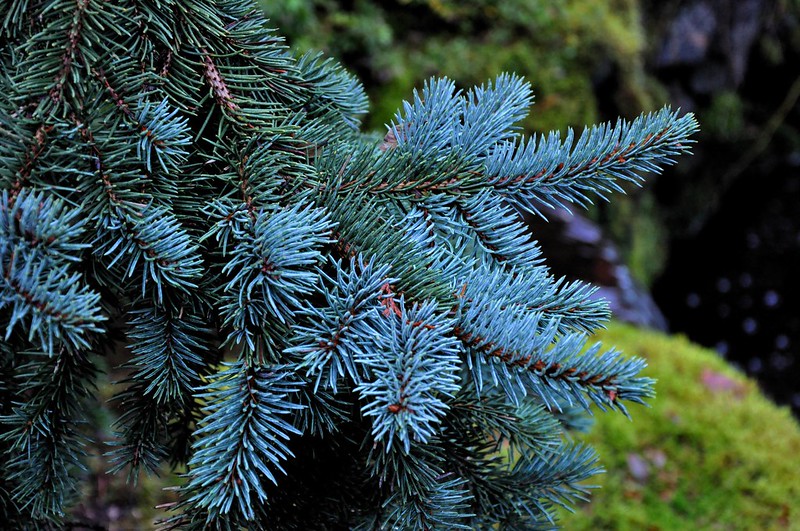
The Blue Spruce, officially known as the Picea pungens, is a type of tree that always looks beautiful during the winter season, especially when covered in snow.
It is native to North America, and it is often used as a Christmas tree, especially as many people like the blue tones within the foliage.
It is coniferous in shape, with needles all over, and can grow to be pretty big in the right conditions!
3. Camellias
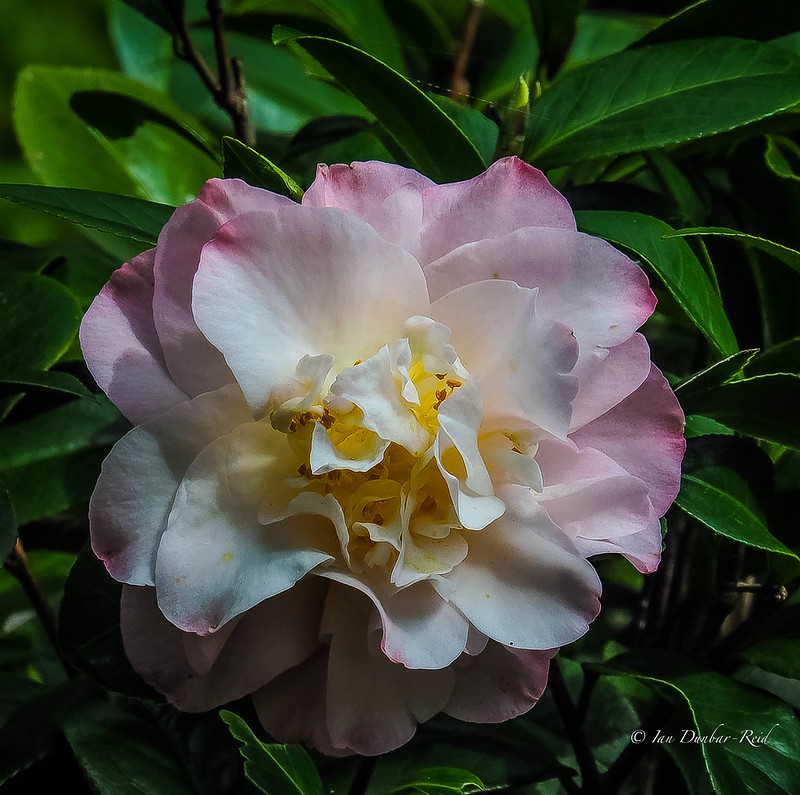
Camellias, officially known as the Camellia Japonica, are flowering plants that can brighten up your garden all year round, including during the cold winter.
They have evergreen leaves, with showy flowers that can bloom in shades of pink and red. There are different varieties too, with the best-known being the tea plant Camellia.
And as a general rule, they can grow up to around 10 feet tall (with some varieties growing even taller!)
4. Catmint
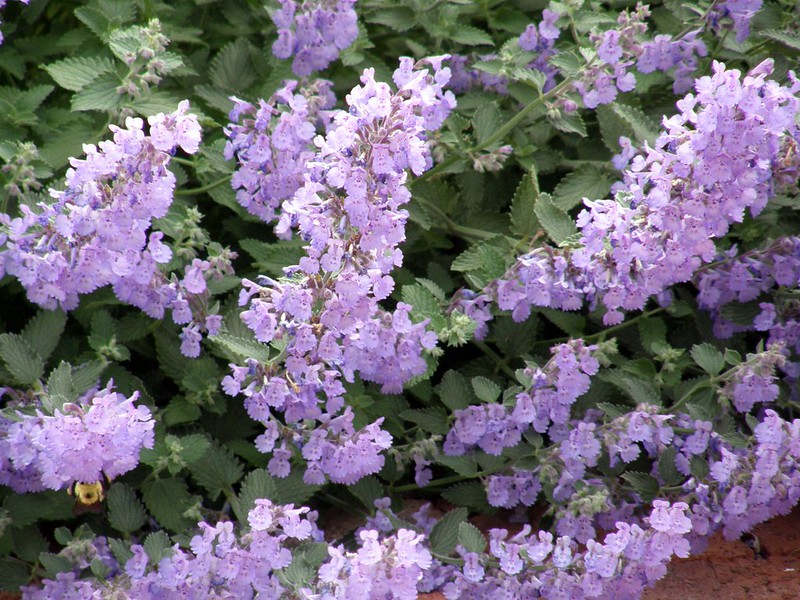
Catmint, officially known as Nepeta, is a type of flowering plant that is best known for the effect that it has on cats.
It gives off a fragrance that drives felines insane, attracting them and essentially making them high (kind of like catnip!)
It is a beautiful purple in color and looks great in gardens. But most importantly, it is hardy enough to survive the winter with ease!
5. Coral Bells

Coral Bells, officially known as Heuchera, are a type of flowering plant native to North America. They feature palmately lobed leaves on long petioles, and they bloom in a beautiful lavender color.
There are many varieties, with some subtle differences, but the main thing is that they are hardy and able to withstand the winter season, looking amazing throughout.
6. Crape Myrtle
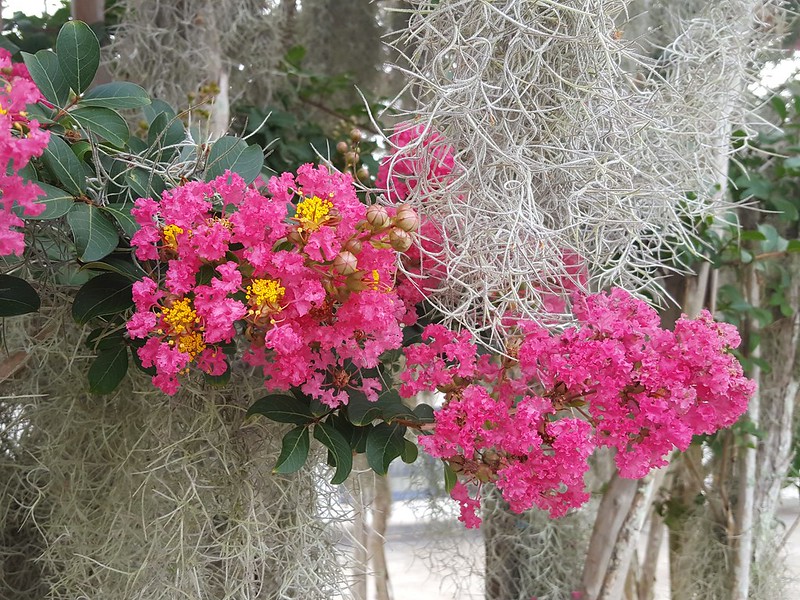
The Crape Myrtle, officially known as the Lagerstroemia indica, is a type of deciduous tree native to Southeast Asia.
It can grow up to around 25 feet high, and it is easy to identify by its gray-brown bark which will create patches through peeling.
It also has clusters of ruffled flowers, that range from white to purple, and that are able to bring some vibrancy to the winter season.
7. Evergreen Holly

The Evergreen Holly, officially known as the Ilex, is an iconic snow plant of the winter season, common as a decorative element during Christmas festivities and events.
It features beautiful shiny green leaves, paired with crimson-red berries, and it grows all around the world.
It is a staple of the winter season, and as a plant, it is also incredibly hardy, able to withstand the cold.
8. Glory Of The Snow
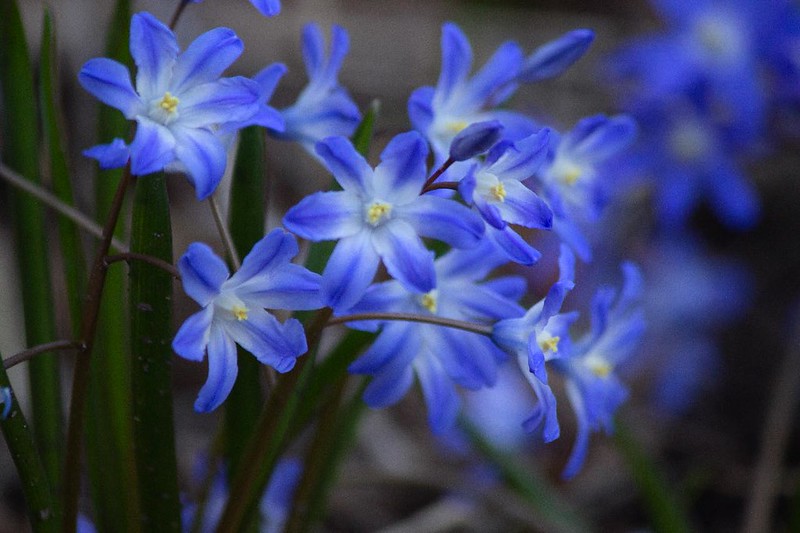
The Glory of the Snow, officially known as the Scilla sect. Chinodoxa, is a beautiful winter snow flower that ranges from blue to pink, to white.
The name comes from it being a glorious little flower that always manages to peek through the thick layers of snow, even in the harshest of winters.
9. Hellebores
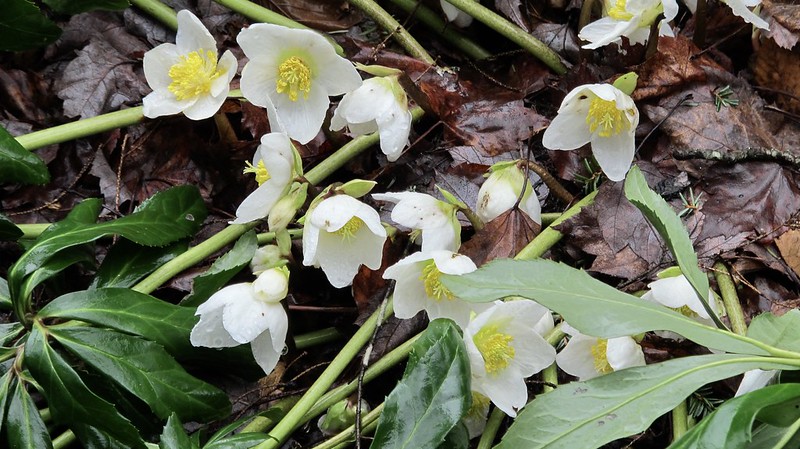
Hellebores, officially known as Helleborus (a very slight difference, we know), are flowering plants that make their appearance during late winter.
They look delicate, but they are incredibly hardy and are sometimes also known as the winter snow, the snow rose, or the Christmas rose.
They are native to Europe and are very vivid in their pink color. They are popular in gardens and are always eye-catching amidst the snow.
10. Hostas
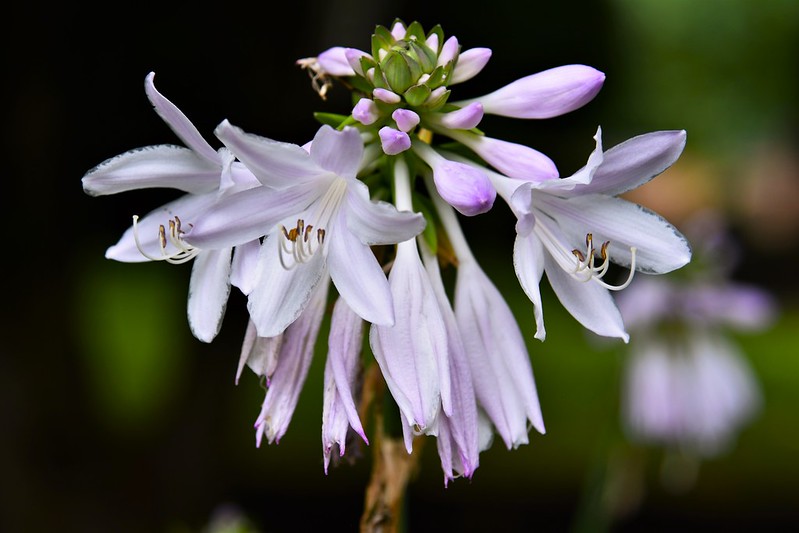
Hostas are flowering plants native to northeast Asia that are able to survive winter, as long as their roots are protected.
They have broad ovate leaves and bloom with small waxy white flowers that are bell-shaped.
They are pretty easy to maintain, even during the winter, which is why they are pretty popular in gardens as a decorative element.
11. Japanese Maple
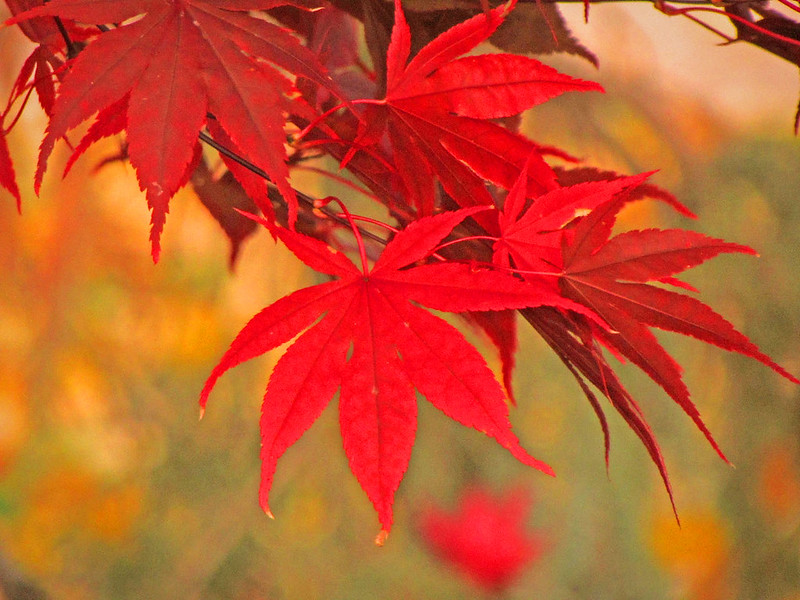
The Japanese Maple, officially known as the Acer palmatum, is a type of tree native to Asia.
It has different varieties, reaching an average height of around 25 feet, and is able to maintain its beauty even during the winter.
This kind of tree is best known for its red and golden leaves during the late fall season, and for the cascading shape of its branches.
It’s very popular in large gardens, as it is always incredibly eye-catching.
12. Lily Of The Valley
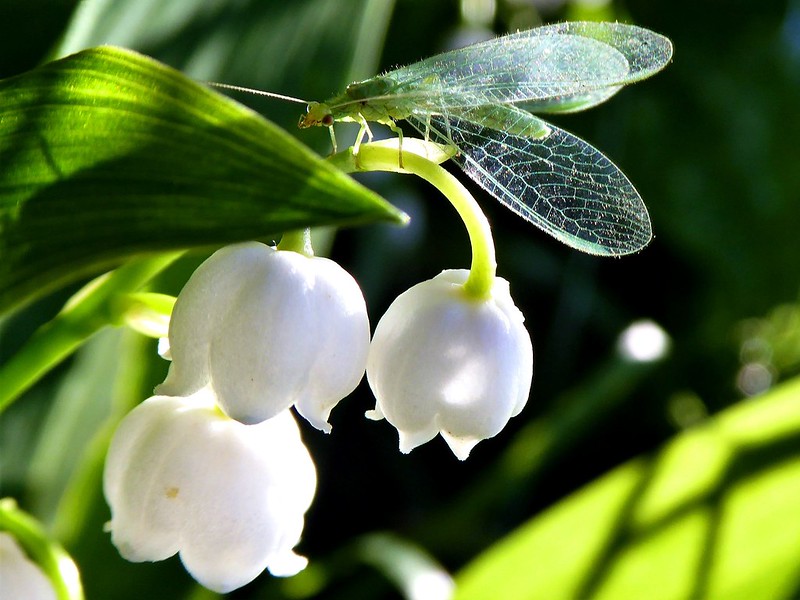
The Lily of the Valley, officially known as the Convallaria majalis, is an incredibly popular white flower plant, often associated with purity, innocence, and fairies.
It looks delicate, with its bell-shaped small flowers, but it is actually incredibly tough and can survive the cold winter season with ease.
It also helps that animals stay away from it, even when food is scarce because this flower is very poisonous!
13. Pansies
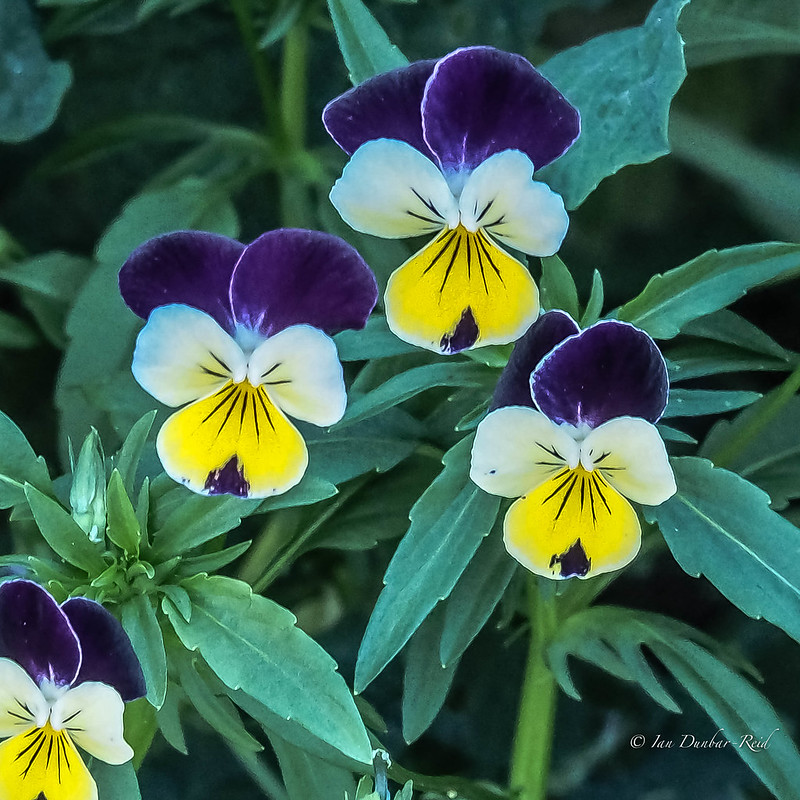
Pansies, officially known as violas, are beautiful tricolor flower plants that bloom in a wide range of vibrant colors.
They are often found in the wild but have become even more popular as houseplants for both indoor and outdoor, as well as being popular cut flowers in bouquets.
They can make an appearance in late winter, as long as the winter isn’t too harsh.
14. Pieris
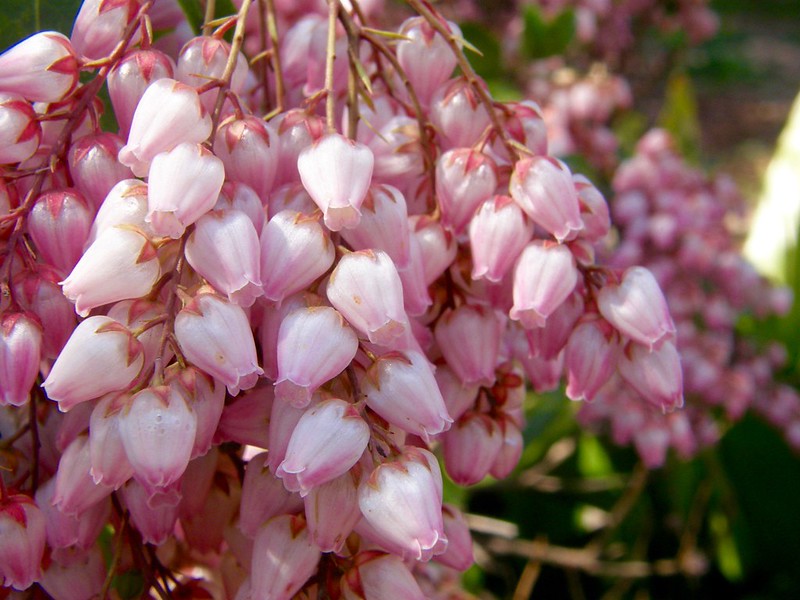
The Pieris, officially known as the Pieris japonica, is a type of flowering plant that blooms right in the middle of the winter season.
Appearance-wise, it creates large clusters of bell-shaped flowers, a pinkish-white in color, that dangle from their stems.
15. Primrose

The Primrose, officially known as the Primula vulgaris, and commonly referred to as the English Prim Rose, is a type of flowering plant popular all around the world.
It is delicate in its appearance, with a beautiful pale yellow color, but it is surprisingly hardy and able to survive under a thin layer of snow.
That being said, it is recommended to ensure that the root system is protected during harsher winters, or else the flower might not make it!
16. Snowdrops
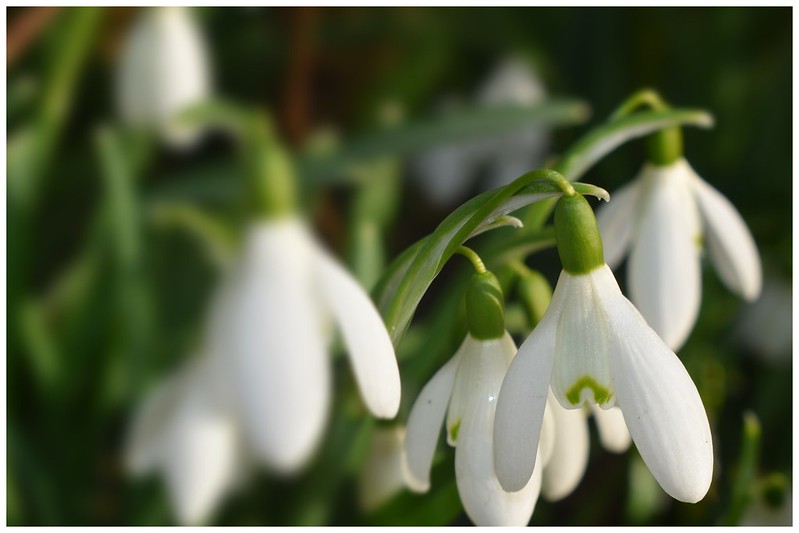
Snowdrops, officially known as Galanthus nivalis, are a pretty obvious snow plant since snow is literally in their name.
They will often grow through a layer of snow and are able to survive even during harsher winters.
If necessary, they will go dormant in order to endure the worst of it! They are small, pure white in color, and bell-shaped.
Usually, they will grow up to around 10 inches, and they look magical within gardens, turning winter into a wonderland.
17. Winterberries
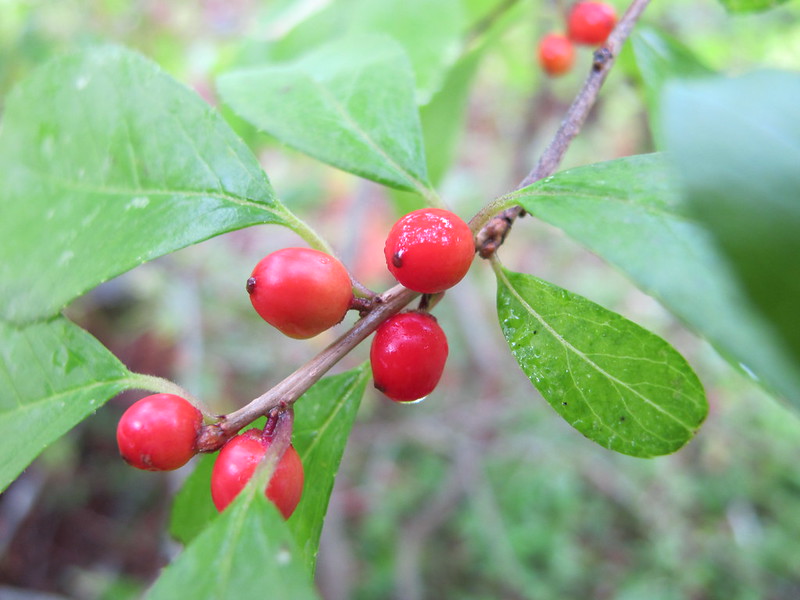
Winterberries, officially known as Ilex verticillata, are one of the most iconic winter snow plants that always make an appearance in picture-perfect snow-covered landscapes.
They are native to different parts of the United States but have become popular all over the world, especially during the winter season, as decorative ornaments for the Christmas and Yule festivities.
Other than being pretty, they are also a very important winter food source for many animals, such as the American robin bird.
18. Wintergreen Boxwood
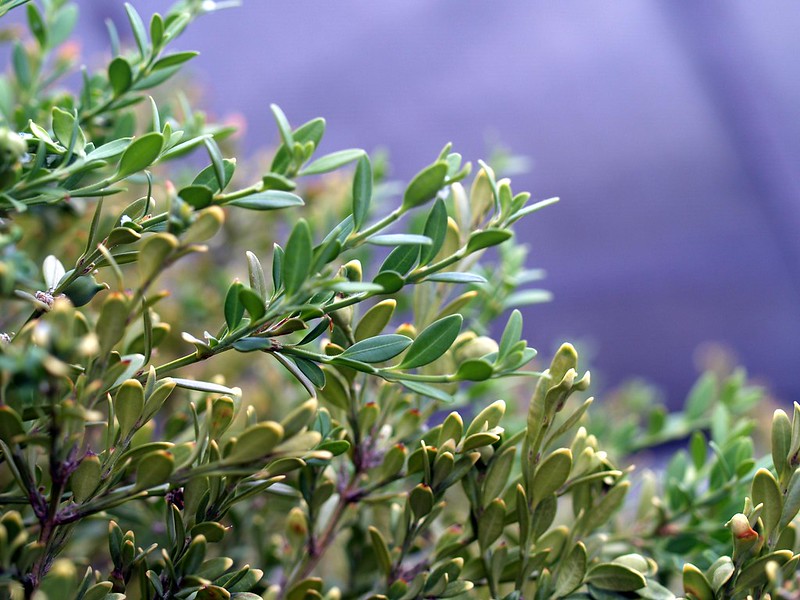
The Wintergreen Boxwood is a type of winter plant that looks great under a layer of snow. It is more resistant than people give it credit for and is often used as a hedge within people’s gardens.
That being said, it does have pretty shallow roots, so it sometimes needs extra protection during the winter season if you live somewhere particularly cold.
19. Winter Jasmine
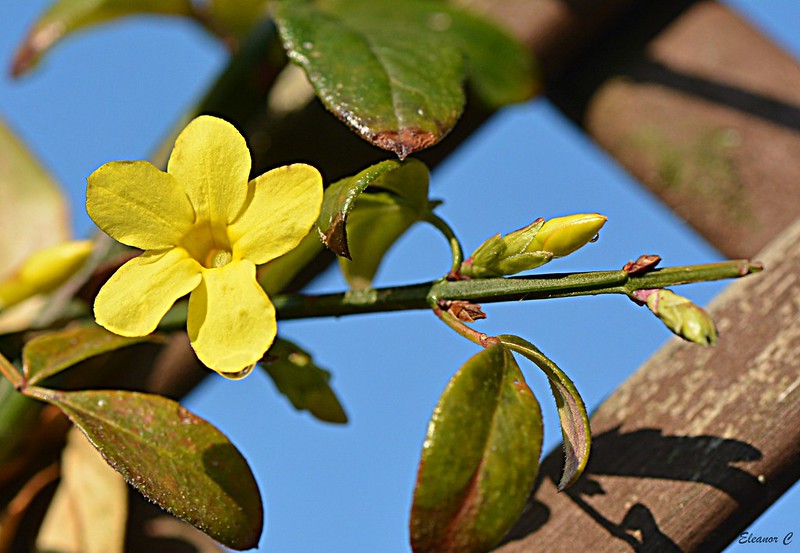
The Winter Jasmine, officially known as the Jasminum nudiflorum, is a type of deciduous shrub native to China.
It is sometimes called the flower that welcomes Spring, as it blooms right at the end of winter, to welcome the return of good weather.
Unlike the normal Jasmine, it doesn’t have a notable fragrance, but it is a beautiful pale yellow that contrasts with the white winter landscape.
RELATED: 21 Interesting Types Of White Plants (Including Photos)
20. Witch Hazel

The Witch Hazel, officially known as the Hamamelis virginiana, is a deciduous shrub plant prominent in folklore.
It can reach up to 20 feet in height and has a whimsical almost spooky appearance, which gives it its name.
During the end of fall and the beginning of winter, is when it blooms with yellow flowers that have narrow petals. These flowers have a strong fragrance, which adds to the overall magic of the plant.
Final Thoughts
These are just some of our favorite snow plants, able to bloom and survive the winter season to remind us of a little color when everything else is white.
But trust us when we say that there are plenty of other snow plants for you to discover because not everything goes dormant when the cold arrives!
Editor’s Recommendations
35 Stunning Snow Flowers (Including Photos)







